ステイトメント/Statement
植木: 高木康行
人間と自然界の関係性を撮ることが、この25年ほど僕のテーマである。都会っ子の僕は、自然の奥深さにいつも魅了されていたが、自分には無縁なのかもしれないと感じていた。そのすべてが変わったのは、ブラジルに住んだ半年の間にその地で経験したことや、アマゾンの熱帯林に僕を導いてくれた人々によってである。むせかえるような香り、生い茂った樹々、信じられないほど濃密な自然に、僕は圧倒された。そこには人類が地球で引き起こす問題のすべてがあった。そのほとんどが土地の所有権をめぐる権力争いの類や森林破壊、膨張する人類が原因であることに僕は気づいた。
僕が22年間暮らしたニューヨークで関心をもったのは、棄てられた土地や、コミュニティガーデンだった。都会のジャングルにわずかでも緑をもたらす一画の土地だ。そういう空間で草木は文字通り、オーガニックな形で存在した。いずれも最終的には草木が空地全体にはびこり、錆びついた放置車などがあれば覆い尽くしていた。近隣住民が丹精込めて手入れをするコミュニティガーデンは、都市生活者にコンクリートの喧噪から逃れることのできる、ひとときの癒しを与えていた。
東京で僕が十代半ばまで育った場所は、現在住んでいる場所でもある。そこでもコンクリートはしぶとく成長し続けているが、自然も負けてはいない。ビルや住宅が建ち並ぶ界隈の路地裏には軒並み植木鉢が並べられ、街路に庭や緑の空間が出現している。この「人間がつくった自然」は愛好家や地域の人々が世話をし、育てている場所だが、たいていの場合、現代の開発で自然が損なわれた場所だ。そして開発の結果、我々は伝統的な生活様式からますます遠のいていく。
日本人は自然との関係性をつかさどる儀式の長い歴史をもち、それらは芸術の中に表現されている。手入れの行き届いた日本庭園、生け花、和歌や俳句、絵画や盆栽などである。季節ごとに自然を愛でる行為は現代でも親しまれている。歴史を通じて多くの自然を題材にした文学が多く生み出されてきたが、そのほとんどは、ほんの一握りの人々がたしなむ芸術であり、新しい日本庭園はほとんど作られていない。
江戸時代は大名たちの間に和平が築かれ、ようやく国が統一された時代だ。武士はこれまでと違う生き方を探しはじめた。植木鉢が流行り出したのもこの頃で、人々は気に入った植物を互いに分け合うようになった。今でも、家の前に飾られた植木鉢はコミュニティに美意識とつながりを生み出している。植物には人々を結びつける力が備わっている。
今から100年後の世界を想像する。未来の人々が我々の時代に思いを寄せるとき、人間と自然との結びつきを感じるのは、生け花や盆栽よりもむしろ自由奔放な路地裏の植木鉢のほうではないか。コミュニティ、人々の集まりが主導する自然環境、そこに自然と人々の共有経験が一体化している。コミュニティはで、都会生活の付属物すなわち自由奔放の象徴である植木鉢は、巨額の資金が投じられる開発で一掃されてしまうリスクに常にさらされている。この自然を分け合うやり方もまた消滅してしまう前に、歴史書として遺す必要があると僕は信じる。僕はこの本を植木と名づけた。
Photographing the relationship between humans and the natural world has been a theme I have explored for the past 25 years or so. As a city boy, the deep natural world was always attractive and yet somewhat foreign to me. That all changed during the six months I lived in Brazil and my experiences there with the land and the peoples brought me to the Amazon Forest. I was mesmerized by the fragrant, lush forests and the unbelievable density of the nature. It made sense to me then that all the human problems on the planet are mostly caused from some sort of power struggles involving land ownership, deforestation, and the expansion of humans.
In New York City, where I lived for 22 years, my interest was primarily focused on abandoned lots and community gardens. Places where boxes of land gave some greenery in an urban jungle. These types of green spaces really existed in the most organic forms. Weeds eventually claimed the empty lots, encapsulating even the occasional rusted car. Community gardens, cared for by the benevolence of neighbors, gave city dwellers some reprieve from the concrete.
In Tokyo, where I grew up and spent most of my youth, and where I live today, there is a persistence of concrete growth, but nature tries; there are street gardens or spaces where potted plants line small alleys, buildings and homes. The “human made” nature that individuals and communities care for and nourish are often in places of demolition due to modern developments and thus, with these developments, we are moving away from a more traditional ways of life.
Japanese people have a long history of rituals and relationships with nature, which are expressed through art; such as carefully tended gardens, flower arrangements (ikebana), poetry, paintings and bonsai. The seasonal viewing of nature remains popular even to this day. Much literature has been produced throughout history about these topics, though most of these arts are practiced by a very small portion of the population and very few new gardens are made today.
During the Edo Period, when peace was established between Feudal Lords, Japan came together and the country united. Samurai Lords found other ways to spend their time and enjoy life. Potted plants were one outlet that emerged out of this time and people shared seasonal plants among each other. The potted plants in front of homes still creates a sense of aesthetic and connection to community. Plant life essentially connects people.
If you imagine 100 years or more from now, when people look back at our time and see how we connected with nature, it is probably the bohemian street gardens more so than ikebana or bonsai. Community, group driven natural environments, that hold nature and humans together in a shared experience. Even this is threatened to some communities now as expensive real estate development replaces these fixtures of urban life. I believe that this way of sharing nature deserves to have its own history book before this too vanishes. I call this book UEKI.
|
| ||||||||||
プロフィール
高木康行(たかぎやすゆき)写真家
東京生まれのフォトグラファー、映像ディレクター。
奨学金を得て、ニューヨーク・ブルックリンの美術学校 Pratt Instituteに留学し、メディアアートを学ぶ。在学中は実験映像、ビデオアート、写真などを制作。卒業後、ニューヨーク・チェルシーで、ハイエンドな商業写真を扱う現像所に勤務。そこで世界的に著名なコマーシャルフォトグラファーやアートフォトグラファーと数多く出会い、アシスタントとして同行し世界各地をまわるなど、約10年間を過ごしたのち、独立。アート写真、商業写真のフィールドでキャリアを重ね、2012年、南フランスで行われた国際写真コンテスト「27th International Hyeres Festival of Photography」でファイナリストに選ばれる。そして2014年CCNYカメラクラブ・ニューヨーク国際コンペティションでのファイナリストとなる。
ニューヨークでは、Capsule Gallery、Corridor Gallery、Lorimoto Gallery、パリではArtligue Gallery、国内では、アトリエMUJI、IMAギャラリー、第2回京都国際写真祭、21_21 DESIGN SIGHT等。国内外で展示歴がある。
Yasuyuki Takagi is a photographer / director born in Tokyo, Japan. He studied Media Arts at Pratt Institute in Brooklyn, New York and lives and works in Tokyo, Japan. He assisted many leading photographers both art and commercial. Among his mentors include Koto Bolofo, Elliott Erwitt and Stefan Ruiz.
In 2012 he was a finalist at 27th International Hyeres Festival of Photography and CCNY Camera Club of New York international competition in 2014. He has collaborated with an award winning IT firm ARAT in Tokyo. By viewing a photograph through a technological device such as a smart phone or tablet, the photograph can become animated. This blurs the boundaries of still and motion imaging. This collaboration and his artistic direction had been shown worldwide in Tent London, Tokyo Design week, Maison & Objet Paris, PAD ART FAIR Paris, ISETAN in Tokyo Japan.
His personal work has been exhibited at the Capsule Gallery, Corridor Gallery, Lorimoto Gallery in New York, Artligue Gallery in Paris and IMA gallery, 2nd annual Kyotographie International photography festival, Atelier MUJI, 21_21 Design Sight in Japan.
He is a contributor to such publications for The New York Times T style magazine, Sunday Telegraph magazine, Le Monde M magazine and Wallpaper magazine amongst others.
His first book "小さな深い森 Petite Foret Profonde" was published December 2013 by funny bones editions in Paris. His second book "植木 UEKI" was published in Autumn 2015 by IKI editions Leers France. His new book "マロニエ Marronnier" was shortlisted at ARLES2019 Rencontres de la photographie Dummy Books award.
His directing works includes: “How to be like Tom Sachs" a portrait of artist Tom Sachs, "A portrait of a Place: Arakicho" for Nowness, "Hello Korea" US Olympics and Paralympics team Pyeong Chang 2018 for US Embassy of Seoul Korea and "Jungjin LEE" for IMA living with photography.
 Home
Home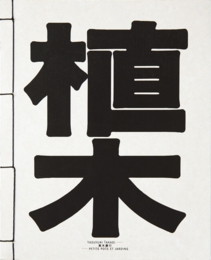
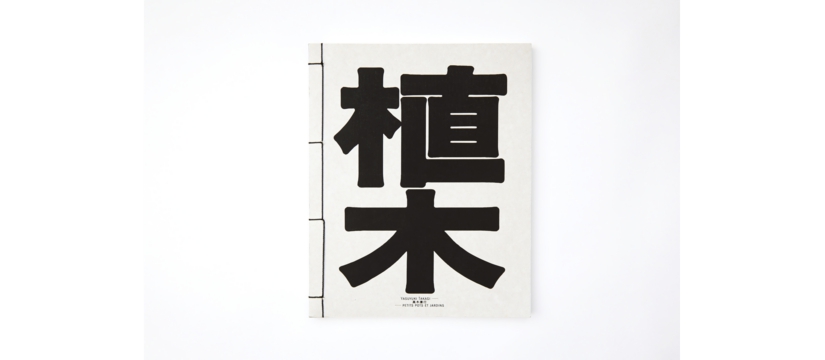
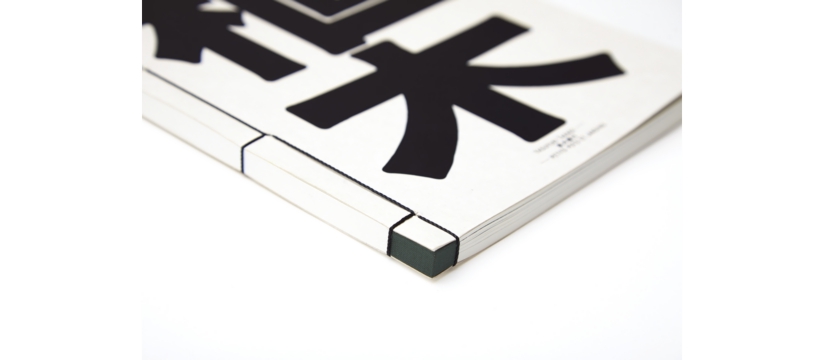
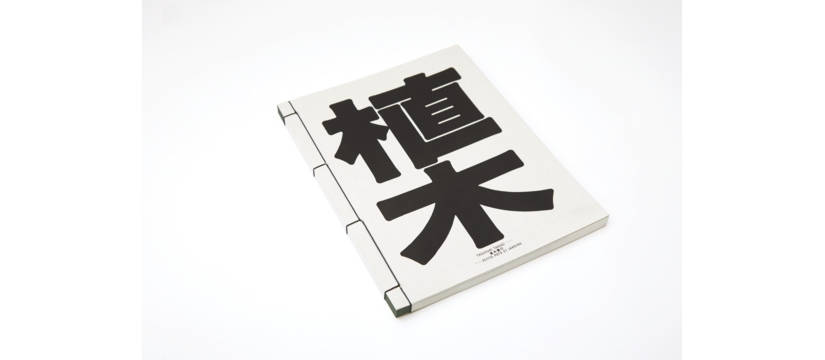
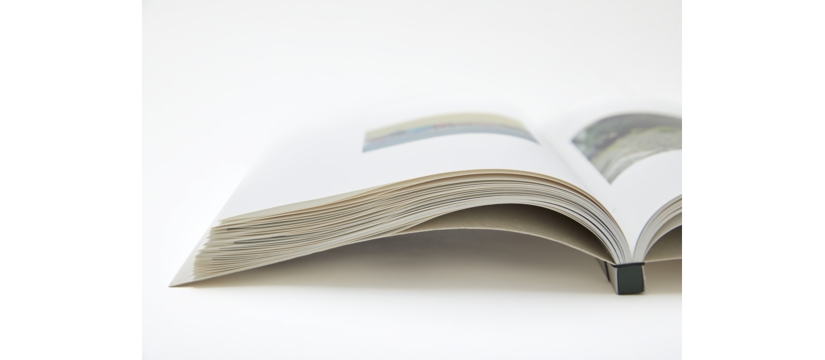
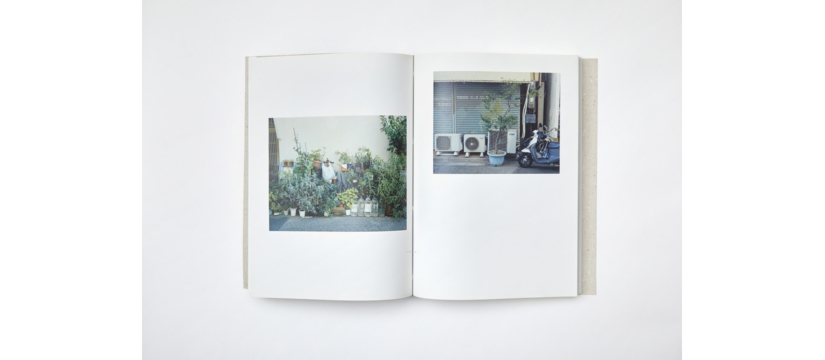
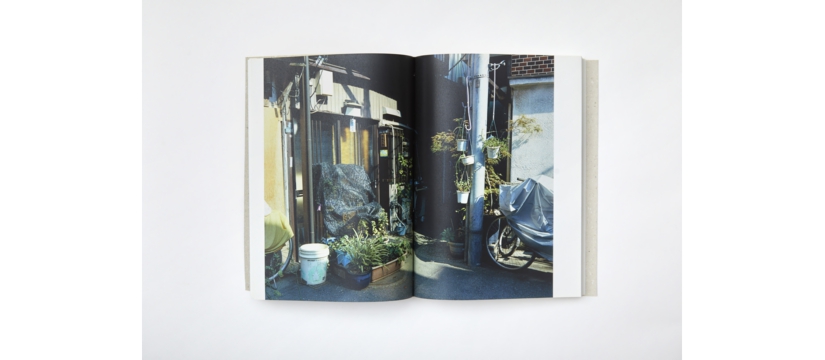
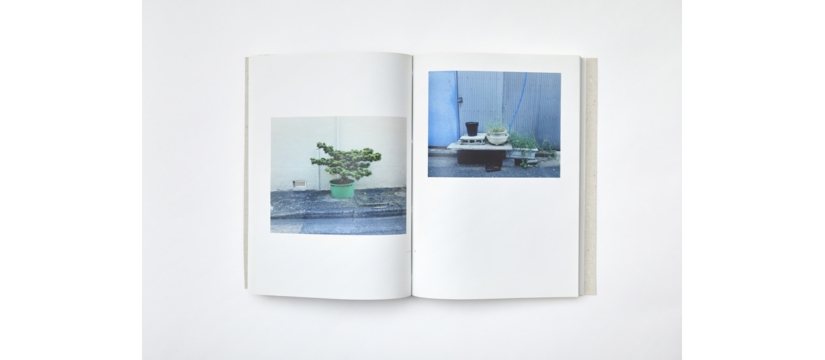
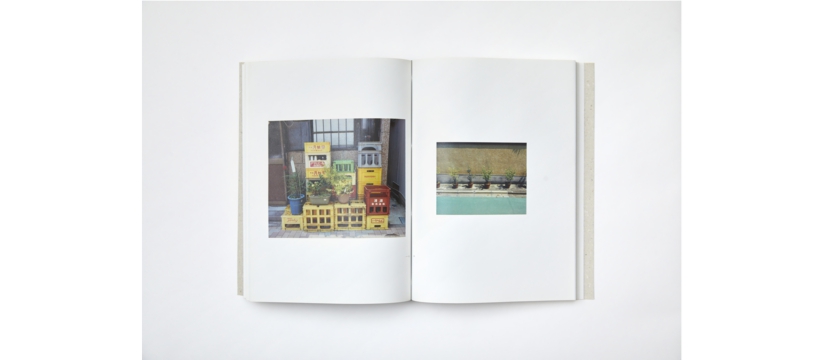
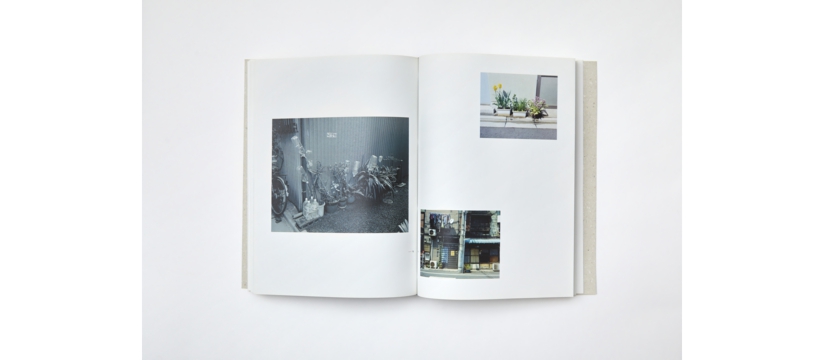
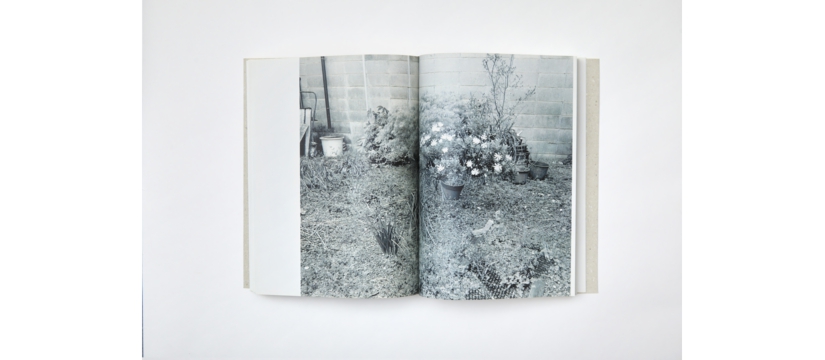
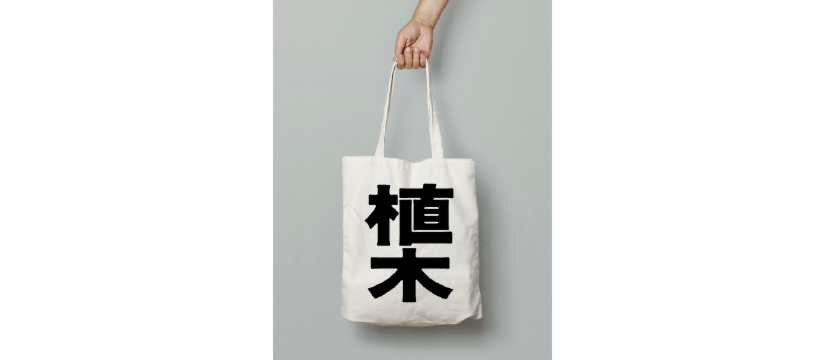
 羊水にみる光
羊水にみる光